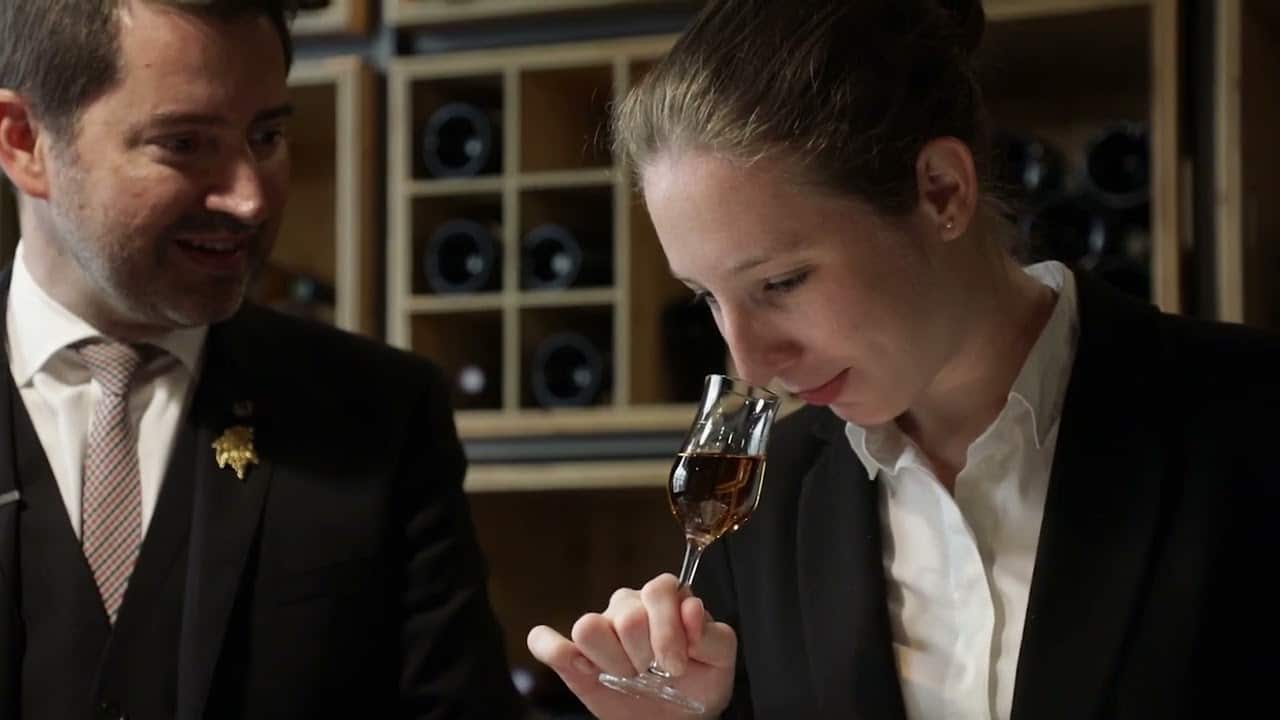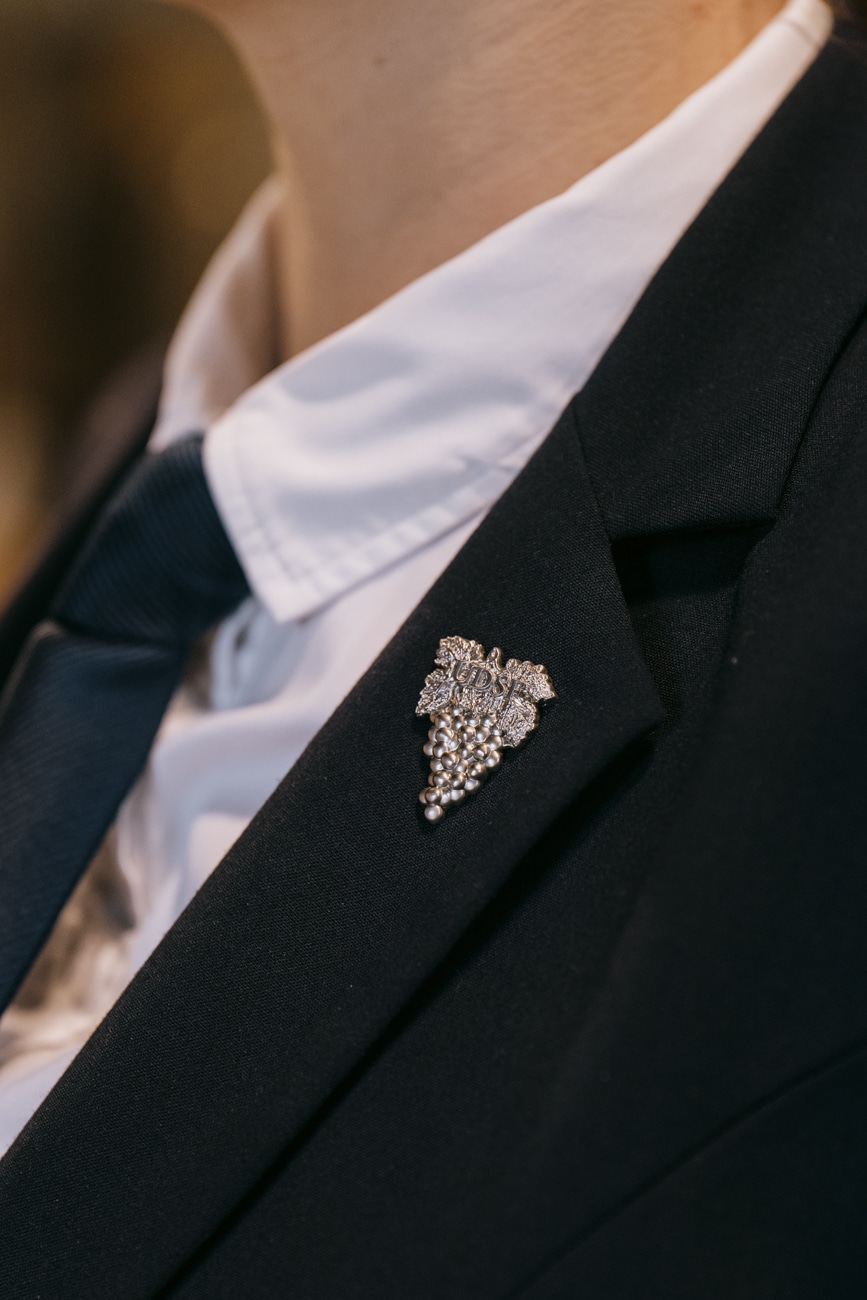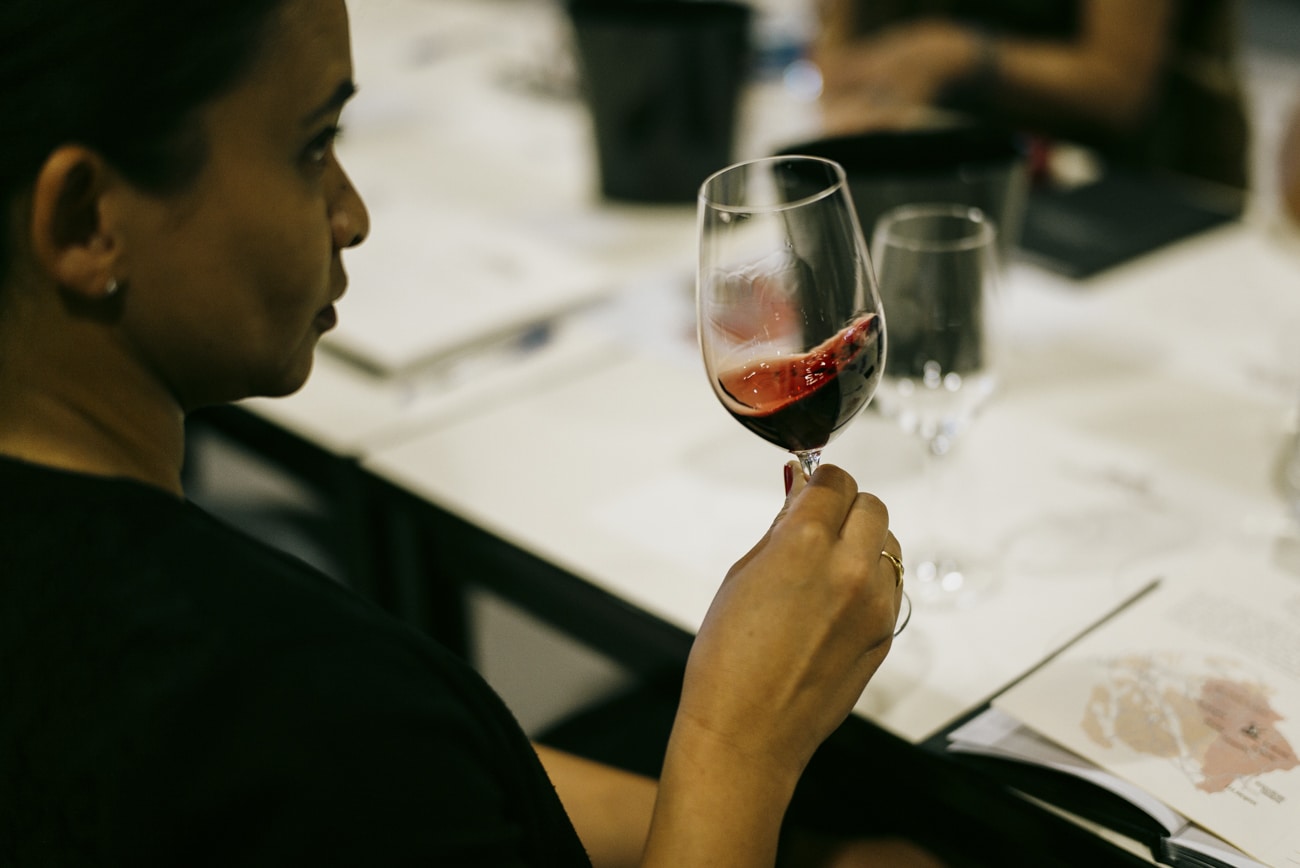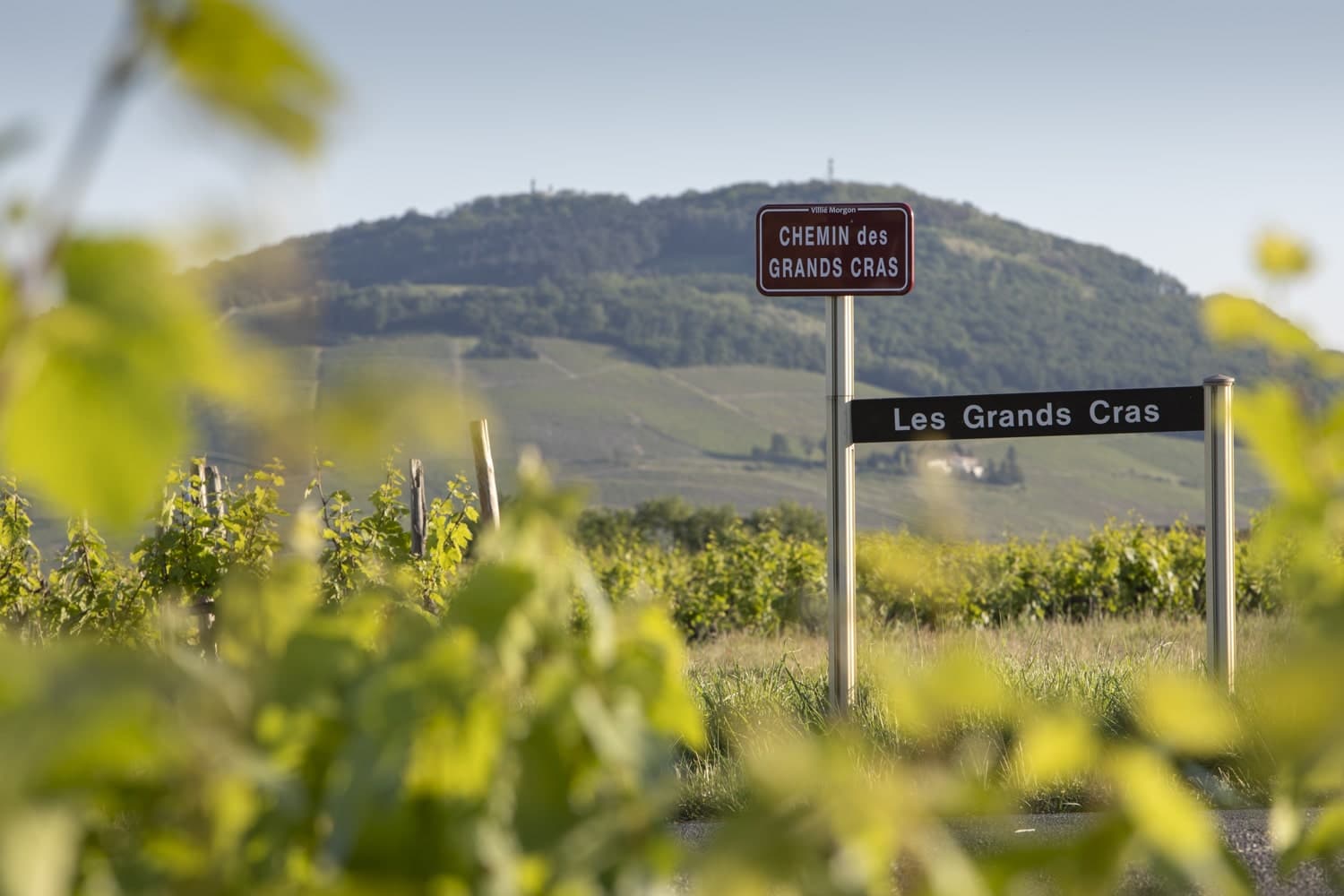
In February 2023, France will host the prestigious Best Sommelier of the World contest in Paris. Seventy candidates from around the world will compete in the major wine event! As an official partner of the ASI Best Sommelier of the World contest Paris 2023, Beaujolais Wines are proud to introduce you to this legendary contest!
A longstanding contest for sommeliers from the world over
Every three years since 1969, the ASI (Association de Sommellerie Internationale) has been in charge of organising the contest. For that matter, this worldwide contest is the most prestigious in the realm of sommellerie. So it is no coincidence that the World’s Best Sommelier title is coveted by all highly-regarded sommeliers!
Back in 1989, France hosted the contest for the first and only time. Now, thirty-four years later, the UDSF (Union de la Sommellerie Française) has the privilege of hosting the event in France again. That’s why, in 2023, the organisers intend to give it their all to make the major contest truly unforgettable.
Winners since the initial contest
- 1969: Armand Melkonian (French)
- 1971: Piero Sattanino (Italian)
- 1978: Guiseppe Vaccarini (Italian)
- 1983: Jean-Luc Pouteau (French)
- 1986: Jean-Claude Jambon (French)
- 1989: Serge Dubs (French)
- 1992: Philippe Faure-Brac (French)
- 1995: Shinya Tasaki (Japanese)
- 1998: Markus Del Monego (German)
- 2000: Olivier Poussier (French)
- 2004: Enrico Bernardo (Italian)
- 2007: Andreas Larsson (Swedish)
- 2010: Gérard Basset (French on behalf of Great Britain)
- 2013: Paolo Basso (Swiss)
- 2016: Jon Arvid Rosengren (Swedish)
- 2019: Marc Almert (German)

And this year, Pascaline Lepeltier, with Benjamin Roffet as her substitute, has qualified to represent France. As the Best Sommelier of France 2018, she currently works as a sommelier at Chambers restaurant in Manhattan (New York). At the same time, she not only visits the vineyards as often as possible, but is also an author: her first work, Mille Vignes (A Thousand Vines), was published in 2022.
The Best Sommelier of the World contest: how it works
The contest will take place at the Hotel Pullman Montparnasse in Paris from 7 to 12 February 2023. However, the grand finale will be held at the Défense Arena. It is expected to be quite a show for the 3500 people in attendance.
The week-long contestschedule is made up of three competitions, including theoretical questionnaires and blind tasting tests. The quarter-final, on Wednesday and Thursday, 8-9 February, then the semi-final on Friday, 10 February and lastly, the final on Sunday, 12 February. Attending the final is open to wine professionals as well as connoisseurs and the simply curious.
Between the competitions, sommeliers and journalists will take part in several master classes on topics organised by partner vineyards. The Beaujolais vineyards will present, among other topics, its multiple terroirs and the impact of the latter on wine profiles.

This is an opportunity to “showcase France, make Paris shine and promote our restaurant industry, sommellerie, vineyards and winegrowers.”
Philippe Faure-Brac, Best Sommelier of the World 1992

“The event will have a triple impact”, as UDSF President Philippe Faure-Brac explained: “showcase France, make Paris shine and promote our restaurant industry, sommellerie, vineyards and winegrowers, in real life, of course, but also online.”
What a great aim for the 2023 French event, which will undoubtedly leave a lasting impression on the international history of wine!
